8 Simple Ways To Soften Coarse Hair
Manage your rough and frizzy locks with the right products in the right way.
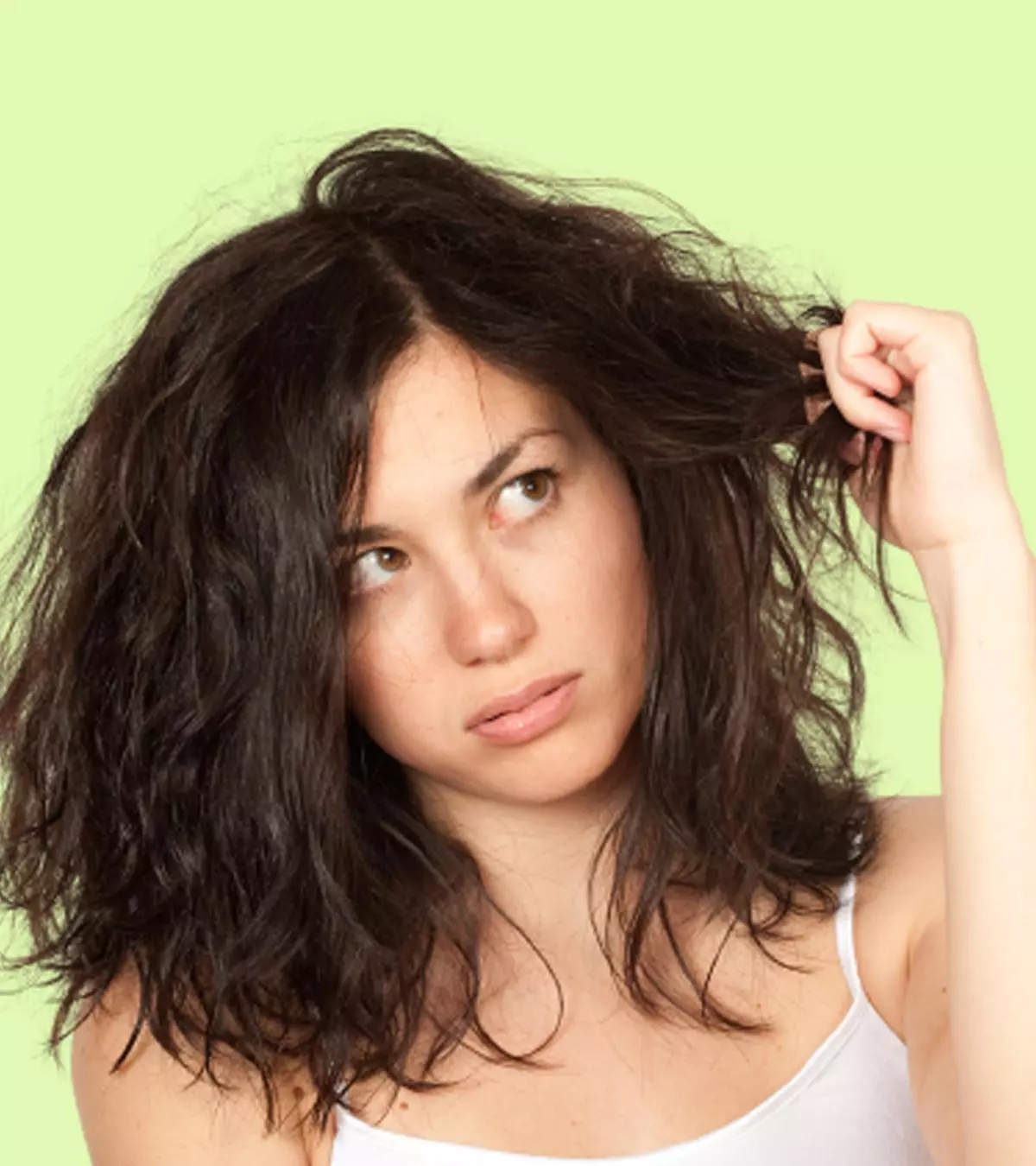
Image: Shutterstock
Coarse hair is a common hair type that looks great but can be difficult to manage. Those straw-like locks make the hair styling process all the more challenging. What if there was a way to soften coarse hair? This type of hair just needs extra moisture as it has a rough texture. It also has a thicker diameter, which makes it more prone to dryness and frizz. But with a proper hair maintenance and care routine, you can minimize the frizz, dryness, and tangles associated with a coarse hair texture.
Understanding the unique qualities of coarse hair is key to managing it effectively. With the right products and care habits, you can improve its texture and make it more manageable. This article explores 8 simple hair tips to soften your coarse hair. Continue reading.
In This Article
What Is Coarse Hair?
Coarse hair strands have the largest diameter. This hair type comprises all three layers of the hair shaft, namely the cortexi The middle and the thickest hair layer that lies between the hair hair cuticle and medulla, and contains the bulk of the hair most of its pigment. , cuticlei The outermost part of the hair shaft that is formed of dead cells layered together responsible for strengthening and protecting the hair. , and medullai The innermost layer of the hair shaft that is nearly invisible, extremely fragile and surrounded by the cortex. It contains sparse cells, air bubbles, and mitochondrial DNA. .
This hair is generally thicker than a sewing thread. You can feel its thickness if you roll it in between your fingers. However, this hair type needs more time to absorb moisture and quickly loses its luster. Hence, it needs the right hair care products for maintenance. People often confuse coarse hair with thick hair and curly hair. They are not similar and have different textures. The differences are discussed in the next section. Scroll down to know more.
Key Takeaways
- Apply nourishing hair oils like avocado, olive, or coconut oil to soften coarse hair and eliminate frizz and tangles.
- It is critical to use a hydrating shampoo or conditioner made specifically for coarse hair.
- A balanced diet and healthy lifestyle can also assist in improving the health and appearance of your hair.
Coarse Hair Vs. Thick Hair
While we usually use both terms to describe hair texture, each refers to a different aspect of your hair.
Thick hair refers to your hair density, which indicates you have an abundance of hair follicles on your scalp. However, thick hair doesn’t necessarily indicate the diameter or texture of the individual hair strands.
Coarse hair, on the other hand, refers to the thickness or width of individual hair strands. Coarse hair has wider and typically stronger strands that feel rough or thick to touch. Individuals of all hair densities may have coarse hair. This means that you may have thick or thin hair with coarse strands.
Furthermore, your hair may not always have been coarse. Prolonged use of topical Minoxidil may also have caused hair to turn coarse. But worry not – you can easily soften this coarse hair and reduce the frizz and tangles by following a few simple methods.
How Do You Care For Coarse Hair?
1. Apply Nourishing Hair Oils

Healthy coarse hair is the strongest among all hair types. But it is also the most prone to dryness. You can restore the hair shine and moisture by applying avocado, olive, or coconut oils. These hair oils have rapid penetration power and make hair softer. They also contain hair conditioning and nourishing properties that help control hair frizz and reduce dryness.
- Avocado Oil: Avocado oil is rich in vitamins A, B6, C, K, folic acid, and monounsaturated fatty acidsi A type of dietary fat that is unsaturated, liquid at room temperature, and may reduce inflammation. with rapid penetration properties. They protect your hair from moisture loss. The fats in this oil may strengthen each hair shaft and prevent hair breakage. However, more research is needed in this regard. Avocado oil has great lubricating properties and could be used as a leave-in conditioner(1)
- Coconut Oil: Coconut oil is rich in vitamins E and K and has a high affinity for hair proteins that can penetrate hair fibers. This hair oil penetrates each shaft and provides long-lasting hydration (2).
- Olive Oil: Olive oil has been used in hair care for its hair-softening properties. It helps by sealing the cuticle and trapping the moisture inside (3). Its oleic acid and squalane may add moisture to the hair. However, more research is needed in this regard.
 Quick Tip
Quick Tip2. Use The Right Hair Care Products
Always look for hair products that are suitable for your hair type. It is essential to pick a moisturizing shampoo or conditioner specially designed for your coarse hair.
According to a recent survey conducted on US and GB (Great Britain) women with curly and wavy hair, only 28% of US women and 16% of GB women apply leave-in conditioner to their hair. Further, 21% and 27% of US and GB women respectively use serums for shine and anti-frizz.
3. Wash Your Coarse Hair The Right Way
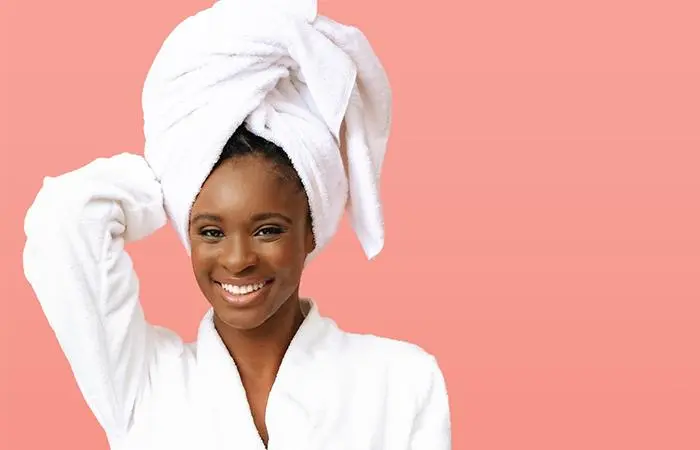
Washing your hair right is important. There are three ways to wash hair.
- Regular Washing: Use a shampoo specially designed for your coarse hair. Wash your scalp twice. Apply a conditioner after rinsing the shampoo. Leave it on for 3 to 5 minutes.
- Reverse Washing: Instead of washing with shampoo twice and then using a conditioner, you can wash with the conditioner first and then use the shampoo. This method prevents the shampoo from stripping the moisture off your hair. Reverse washing is great for coarse hair as it prevents hair damage. This approach of using conditioner before shampoo helps maintain hydration and keeps your hair looking healthy.
- Co-Washing: Co-washing is washing with a conditioner (free of silicones, petrolatum, or mineral oils) without the use of a shampoo. In this process, the conditioner itself removes dirt and cleans your hair (4). You can follow this method if you have dry, coarse hair that needs immediate rescue. After co-washing, apply a hair oil or hair serum to your hair (avoid the scalp). This will provide nourishment to your hair.
However, do not wash your hair daily or too frequently. Doing so may remove the natural oils essential for hair health. Washing twice or thrice a week gives your hair the time to replenish the nourishing oils. This process can make your hair softer.
4. Air-Dry Your Coarse Hair

Start air-drying your coarse hair to avoid damage from heat caused by blow-dryers. Be kind to your tresses and limit the usage of those heat or thermal styling tools (like flat irons) that can damage your hair. The hot air coming from blow dryers can evaporate hair moisture and cause split ends. A study found that higher temperatures (95°C) led to significant surface damage, reduced moisture, and lightened hair color (5). If you still want to use them, ensure you apply some heat protectant product prior.
 Quick Tip
Quick Tip5. Add The Right Styling Products To Your Hair Care Routine
Flat irons, blow dryers, and curling irons are a few tools used for hairstyling. Coarse hair can be stubborn to style. The heat from these tools can damage hair and even lead to split ends and breakage. Also, try to avoid alcohol-based formulas that may dry your hair out further. Incorporating these tips into your daily hair care routine ensures you maintain both style and health.
6. Use Hydrating Hair Masks
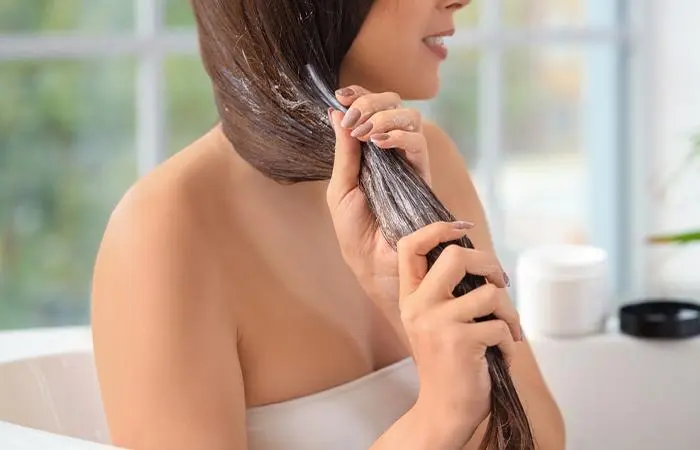
Hair masks provide the essential moisture to hair and nourish it. Eggs, honey, bananas, coconut, avocado, and olive oils are the key ingredients needed to prepare a hair mask at home (2), (6). These hair treatments smoothen your coarse hair, boost shine and volume, and also encourage hair growth. Mixing egg yolks and oil can help. Egg peptides were found to stimulate hair growth production (7). You can also prepare a banana hair mask and use it.
A blogger tried a banana hair mask and noticed positive results on her hair. She writes, “To my surprise my curls were still well defined and very soft before using my regular conditioner…My hair felt stronger, softer, and smoother. It was shiner. And the dry scalp I was experiencing in the front of my head is currently nonexistent (i).”
7. Use Hair Rinses
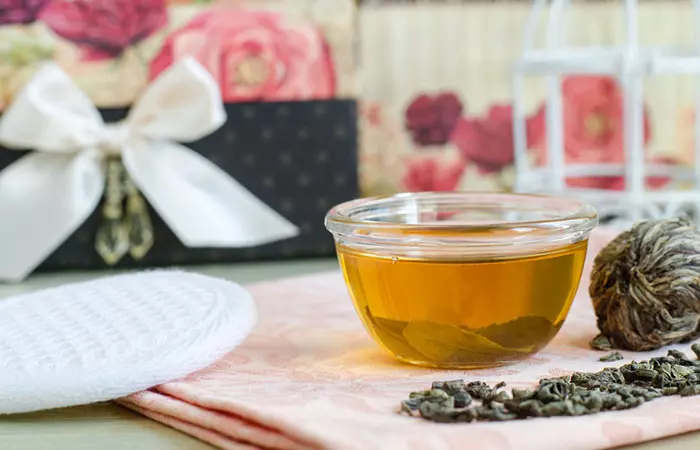
Hair rinses make your hair manageable, soft, and silky. Unlike hair masks, they run through your hair instead of sitting on the top. You do not have to take a shower after a hair rinse. A good homemade hair rinse will not damage your hair even if you leave it on.
To prepare a hair rinse, you need a good essential oil like that of lavender, tea tea, rose, clove, eucalyptus, or jasmine. Mix one tablespoon of any of these essential oils in one cup of water. Store this mixture in a spray bottle. Apply the hair rinse evenly on your hair. Hair rinses prevent dryness and frizz. They also nourish and hydrate every hair strand and leave your coarse hair soft, silky, and shiny. You can use the hair rinse 1-2 times a week whenever you think your hair requires a quick boost. You can also prepare hair rinses with apple cider and green tea. They add shine and volume to your hair.
8. Make The Right Lifestyle Changes
The right lifestyle changes can also soften your coarse hair and improve its health.
- Eat Mindfully: Getting the right nutrients like omega-3 fatty acids and beta-carotene can boost hair luster. According to a study, taking omega-3, omega-6, and antioxidants for six months helped reduce hair loss in women. It improved hair thickness, density, and growth phase while reducing shedding (8 ). If you are vegan, you may add flaxseeds or pumpkin seeds to your diet. Beta-carotene is abundant in most orange vegetables and fruits. Stay away from processed foods.
- Stay Hydrated: Anecdotal evidence suggests drinking one additional glass of water a day not only improves your overall health but also boosts blood circulation to your hair follicles. Furthermore, make sure you cut down on sugary drinks and have healthy beverages instead.
These are some of the most effective ways to soften coarse hair. However, if you are looking for quicker and more affordable solutions, here are a few tips.
Time-Efficient And Budget-Friendly Tips To Soften Coarse Hair
- Skip long conditioning treatments and use a leave-in conditioner for instant hydration.
- Air-dry with a microfiber towel. It helps reduce drying time while preventing frizz.
- Wash hair with a conditioner instead of shampoo to clean and moisturize at the same time.
- Apply coconut or olive oil before bed and wash it out in the morning for deep nourishment.
- Use apple cider vinegar or green tea for instant shine without long treatments.
- Use ingredients like eggs, bananas, yogurt, honey, or aloe vera instead of expensive salon treatments.
- Mix essential oils with water or use green tea/apple cider vinegar to soften hair.
- Coconut oil and olive oil work just as well as expensive hair serums. Those with allergies can opt for hypoallergenic oils like argan or jojoba. You can also try aloe vera gel or oat-infused rinses for gentle hair care.
- Stick to a sulfate-free shampoo, a good conditioner, and an oil to avoid unnecessary spending.
- Detangle with fingers to prevent breakage without buying expensive detangling tools.
Infographic: Easiest Ways To Soften Coarse Hair
Coarse hair is one of the most difficult hair types to manage and style due to its dryness. Following a proper hair care routine and maintaining a healthy lifestyle can help smoothen dry and frizzy hair. To know about the easiest ways to soften coarse hair, check out the infographic below! Illustration: StyleCraze Design Team
Coarse hair is thick and contains all three layers of the hair shaft. These strands have the largest diameter and require more time to absorb the moisture. Therefore, you need to take extra care to soften coarse hair and manage them. Following simple tips like applying nourishing oils, using the right products, washing it the right way, air drying, and using hair masks will help soften the tresses. Consuming a healthy diet and making a few lifestyle changes can further help promote your hair health.
Frequently Asked Questions
Can I manage coarse hair with dietary changes?
Yes, a healthy diet is important for your hair. Foods rich in omega-3 fats, like salmon and walnuts, and vitamins from leafy greens like spinach, may help improve the texture of coarse hair. Staying hydrated also helps keep your hair moisturized and soft.
Does hair get coarser with age?
Possibly. According to anecdotal records, while hair turns thinner as we age, women may notice coarse facial hair, and men may notice coarse eyebrows and nose hair.
What causes thick, coarse hair?
Genetics, steroidal medicationsi Natural or synthetic anti-inflammatory medications administered for allergies, eczema, arthritis, and other issues. , and the use of minoxidil may lead to the development of coarse hair.
Why is my hair so hard and coarse?
Hair can be hard and coarse due to genetics, heat or chemical damage, or a lack of moisture and hydration. Daily pollution and dirt, unhygienic practices, and stress can also ruin your hair texture.
What deficiency causes coarse hair?
A deficiency in certain vitamins and minerals, such as biotin or iron, can contribute to coarse hair.
Does hair get more coarse as you age?
Hair can become more coarse as you age due to hormonal changes, a decrease in oil production, and natural wear and tear.
What ethnicity has coarse hair?
Coarse hair is commonly found in people of African and Afro-Caribbean descent, as well as those of Hispanic and Mediterranean descent.
What syndrome has coarse hair?
Menkes syndrome is a rare genetic disorder that can cause coarse, brittle hair, and other symptoms.
What are some considerations for choosing the right hair care products for coarse hair, such as shampoos, conditioners, and treatments?
When choosing hair care products for coarse hair, it’s important to look for moisturizing ingredients like coconut oil, shea butter, and glycerin. Avoid products with harsh sulfates or alcohol that can strip the hair of natural oils.
How often should you trim coarse hair to help maintain its health and prevent split ends?
It’s recommended to trim coarse hair every 8-12 weeks to help maintain its health and prevent split ends. However, this may vary depending on the individual’s hair texture and styling habits.
Illustration: How To Soften Coarse Hair
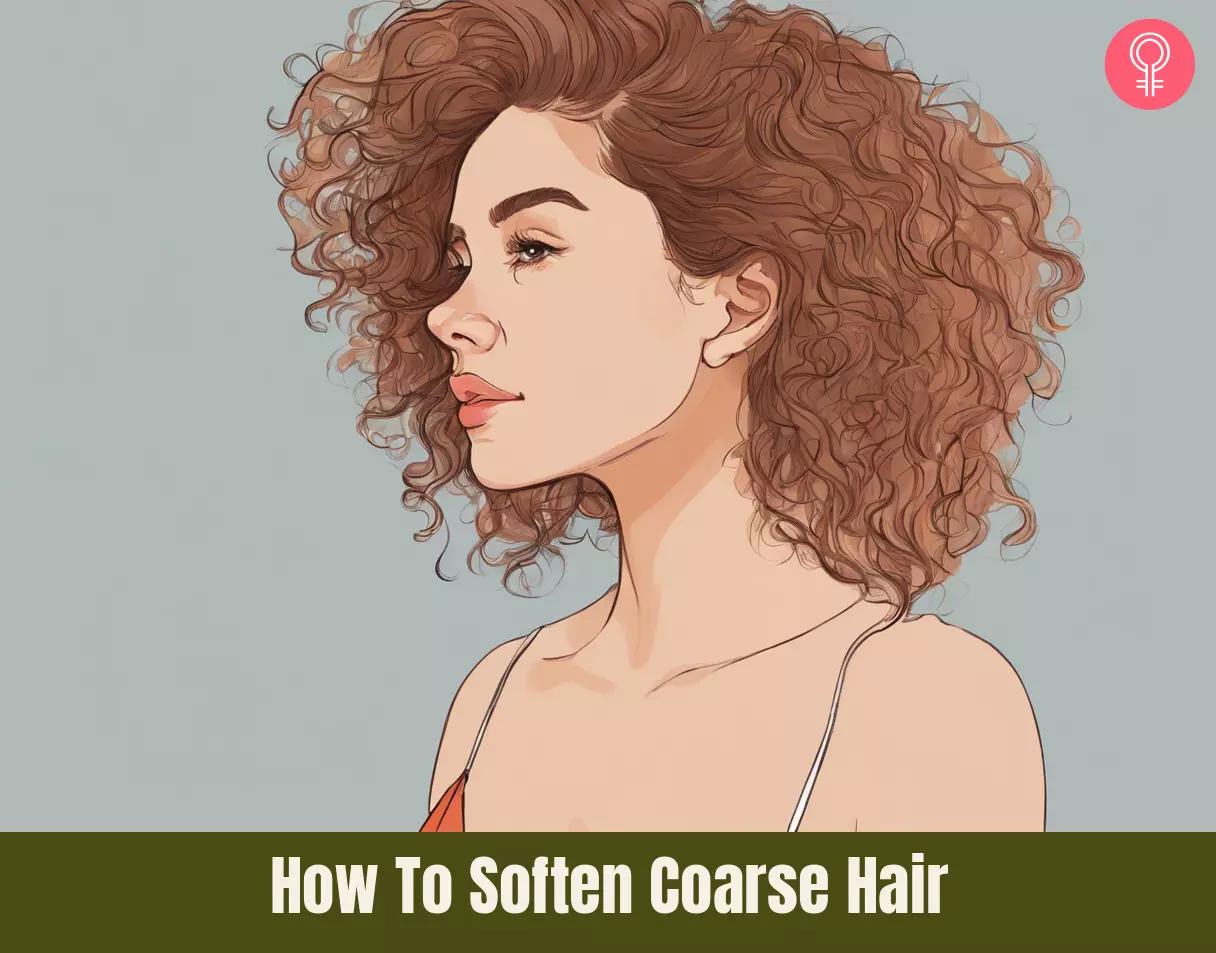
Image: Stable Diffusion/StyleCraze Design Team
Master the art of caring for coarse, dry, and gray hair with these easy tips. Check out this video that offers expert advice to help you maintain healthy and beautiful hair effortlessly.
Personal Experience: Source
StyleCraze's articles are interwoven with authentic personal narratives that provide depth and resonance to our content. Below are the sources of the personal accounts referenced in this article.
i. Banana Oatmeal Hair Maskhttps://elitebeauty13.blogspot.com/2011/01/banana-oatmeal-hair-mask.html
References
Articles on StyleCraze are backed by verified information from peer-reviewed and academic research papers, reputed organizations, research institutions, and medical associations to ensure accuracy and relevance. Read our editorial policy to learn more.
- Nutritional And Pharmaceutical Benefits Of Avocado Plant
https://www.researchgate.net/publication/329388661_NUTRITIONAL_AND_PHARMCEUTICAL_BENIFITS_OF_AVOCADO_PLANT - Hair Cosmetics: An Overview
https://www.ncbi.nlm.nih.gov/pmc/articles/PMC4387693/ - Hair Oils: Indigenous Knowledge Revisited
https://pmc.ncbi.nlm.nih.gov/articles/PMC9231528/ - Pro and Contra of Cleansing Conditioners
https://pubmed.ncbi.nlm.nih.gov/31049332/ - Hair Shaft Damage from Heat and Drying Time of Hair Dryer
https://pmc.ncbi.nlm.nih.gov/articles/PMC3229938/ - Honey in dermatology and skin care: a review
https://pubmed.ncbi.nlm.nih.gov/24305429/ - Naturally Occurring Hair Growth Peptide: Water-Soluble Chicken Egg Yolk Peptides Stimulate Hair Growth Through Induction of Vascular Endothelial Growth Factor Production
https://pubmed.ncbi.nlm.nih.gov/29583066/ - Effect of a nutritional supplement on hair loss in women
https://pubmed.ncbi.nlm.nih.gov/25573272/
Read full bio of Dr. Shruti Chavan
Read full bio of Arshiya Syeda
Read full bio of Ramona Sinha
Read full bio of Medha Deb






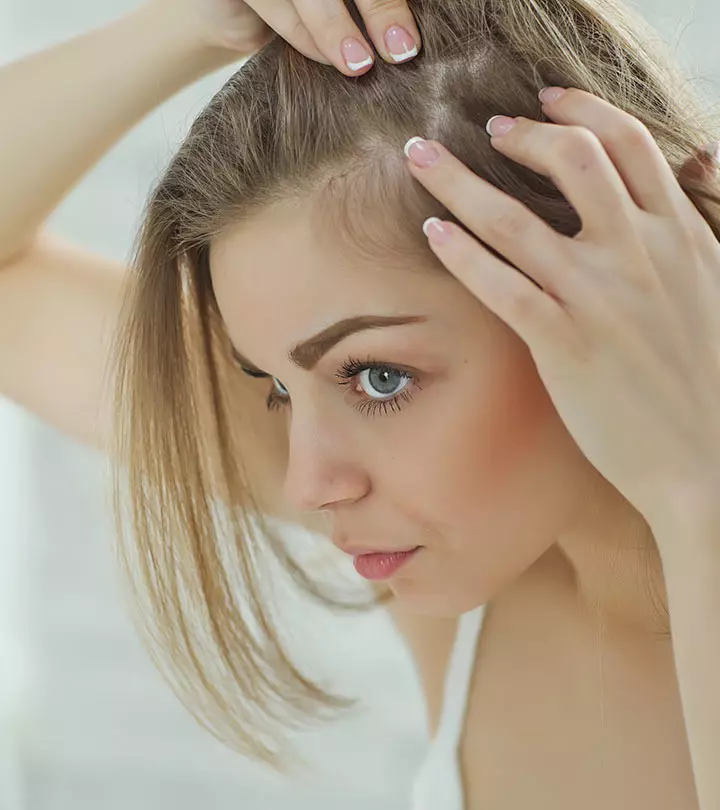
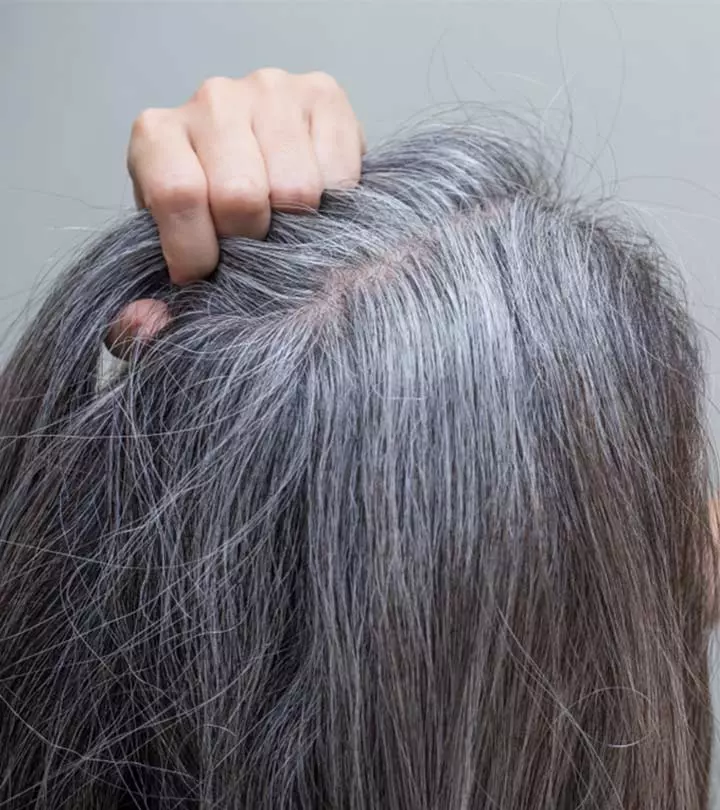
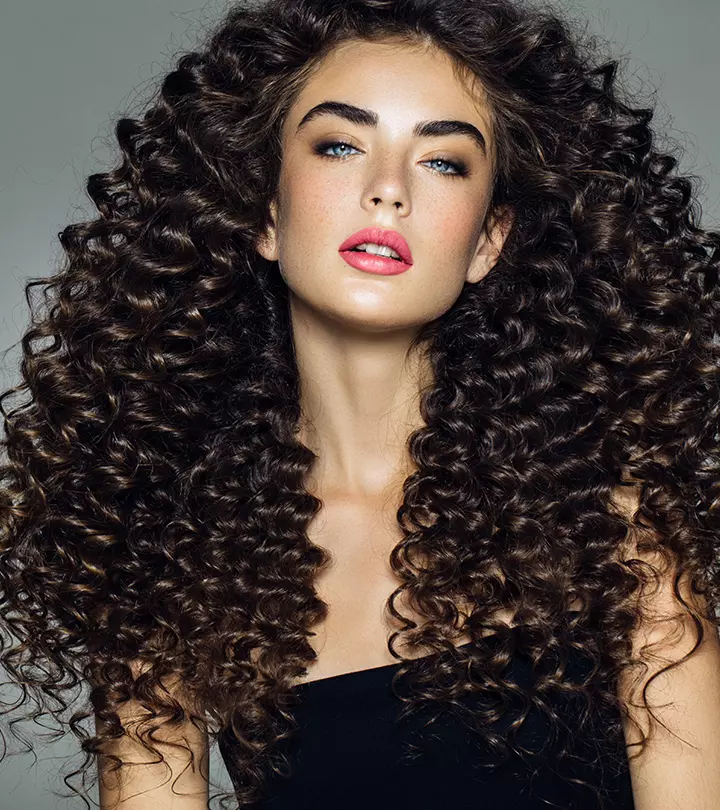
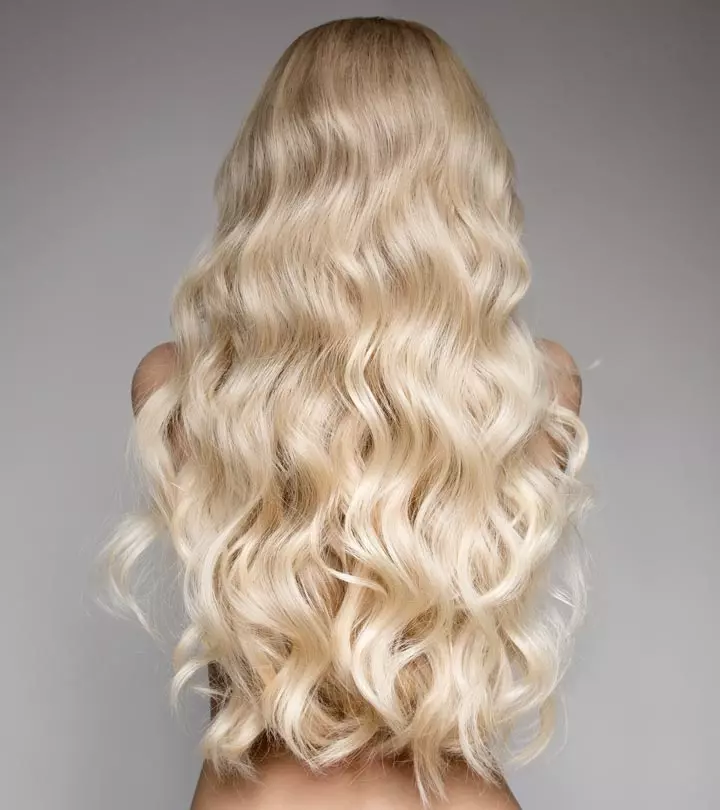
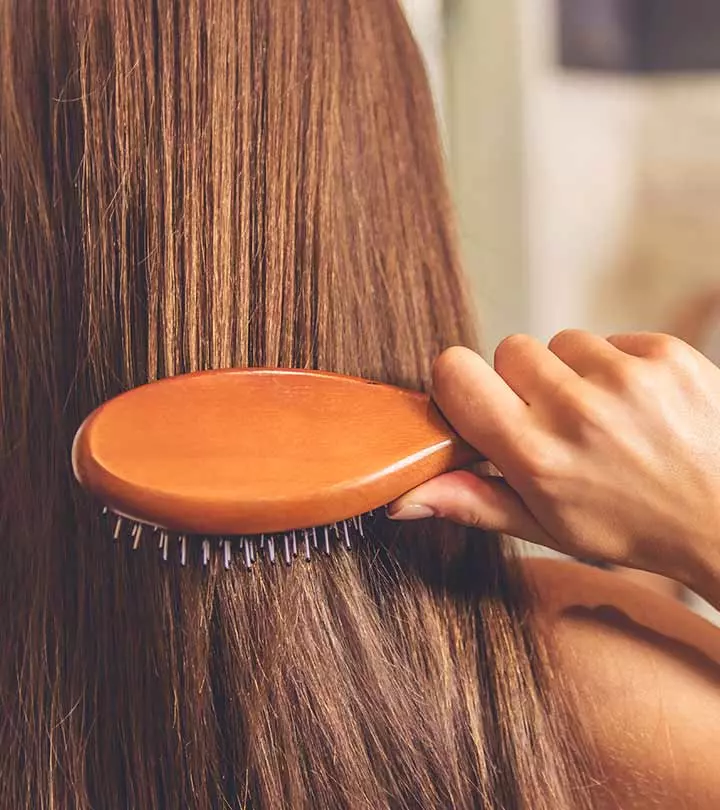
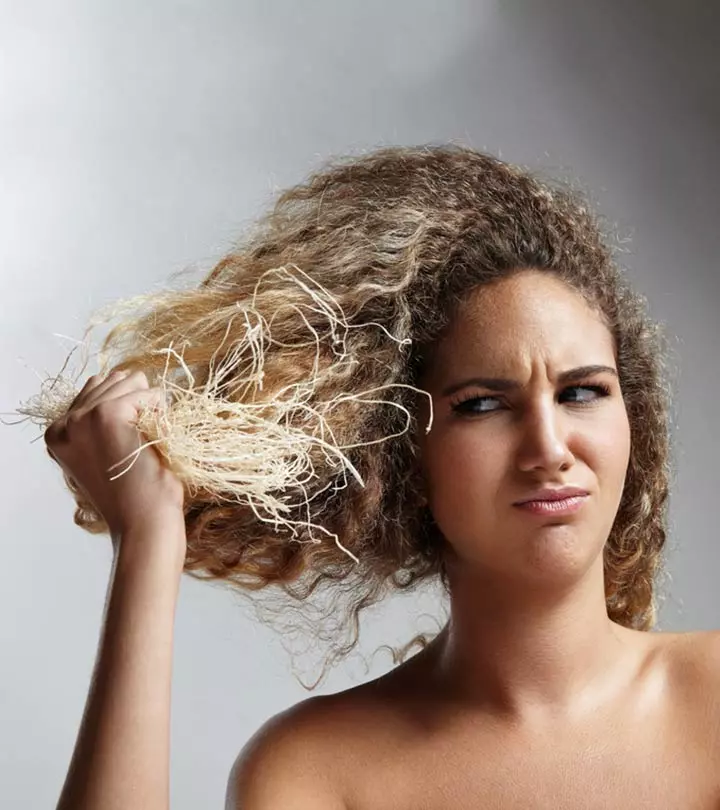


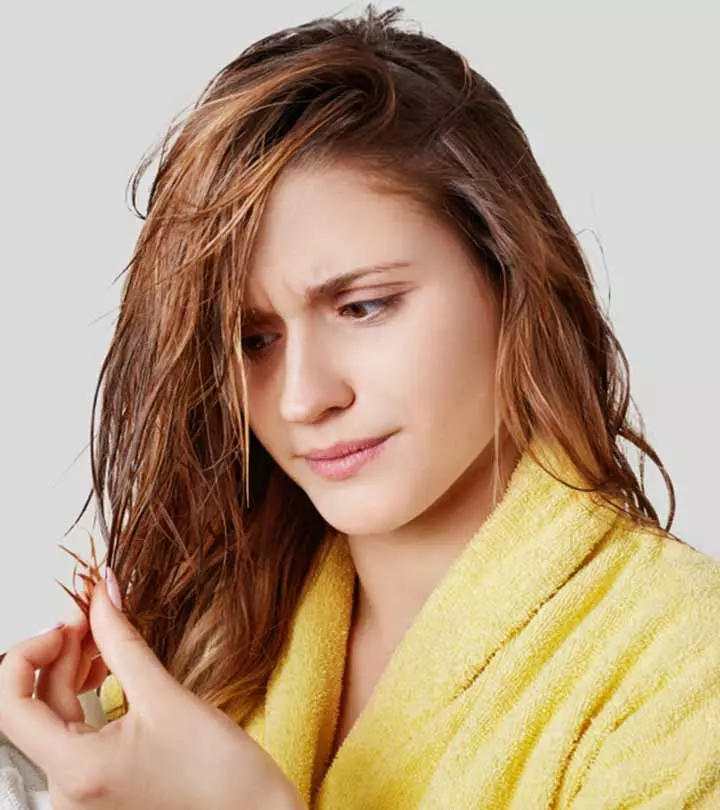
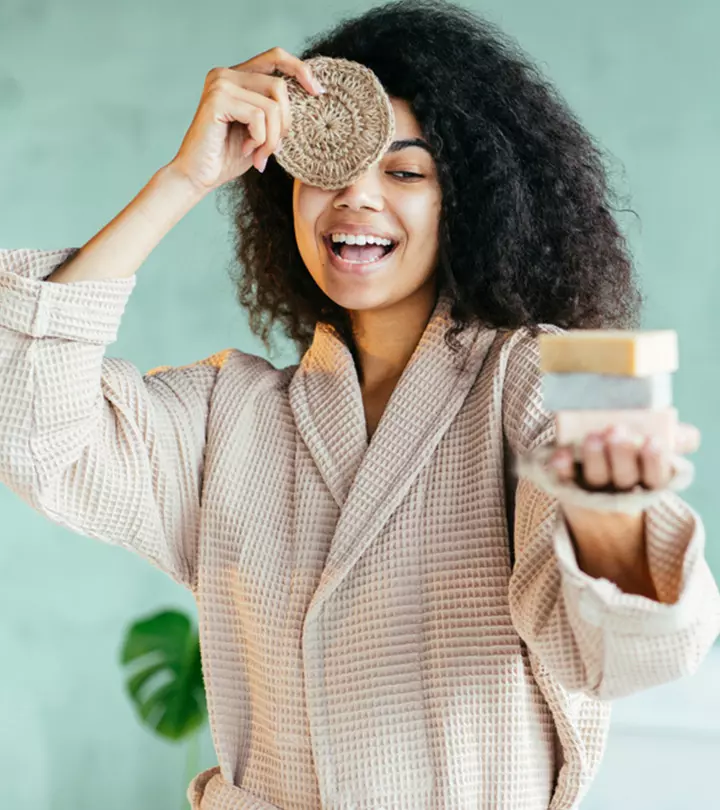
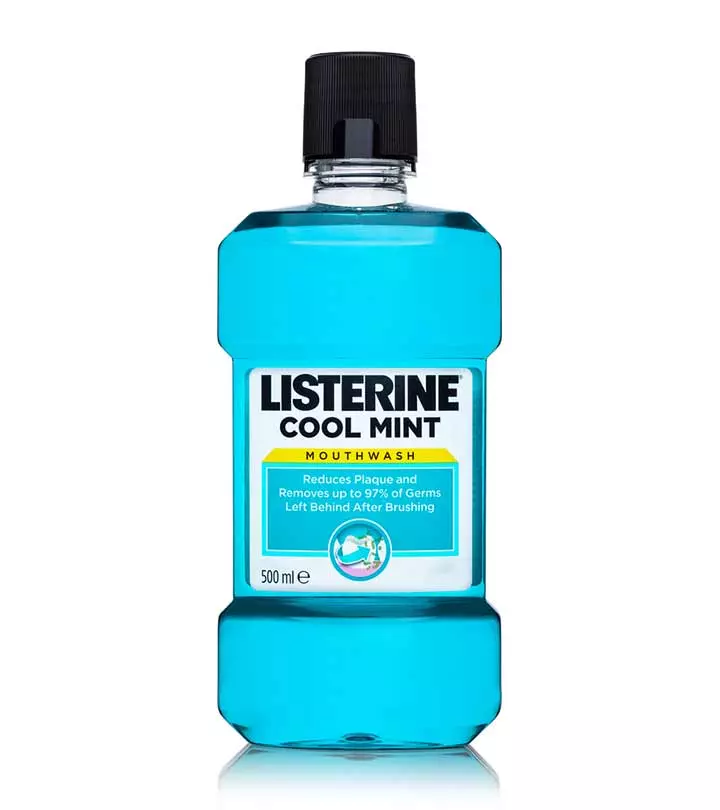
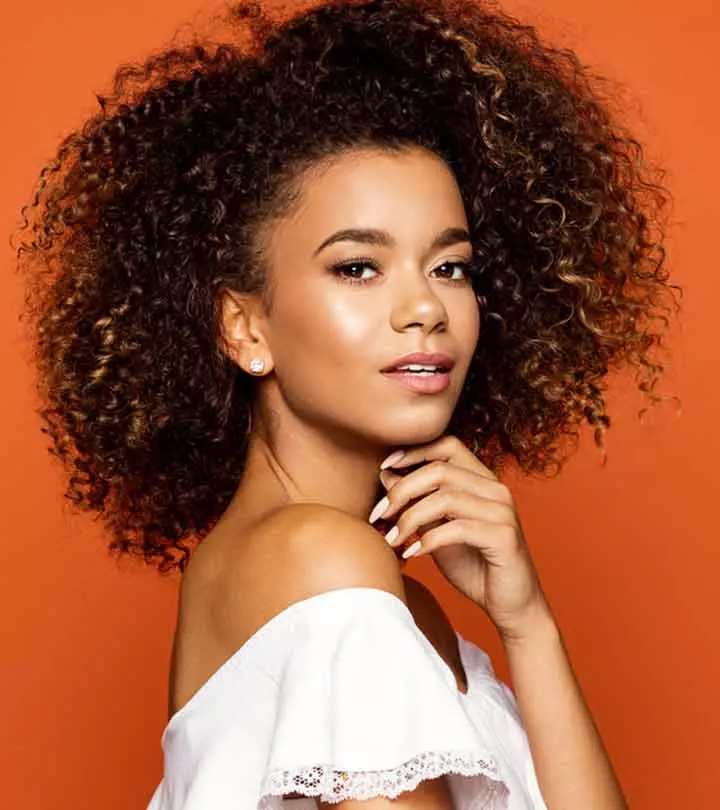
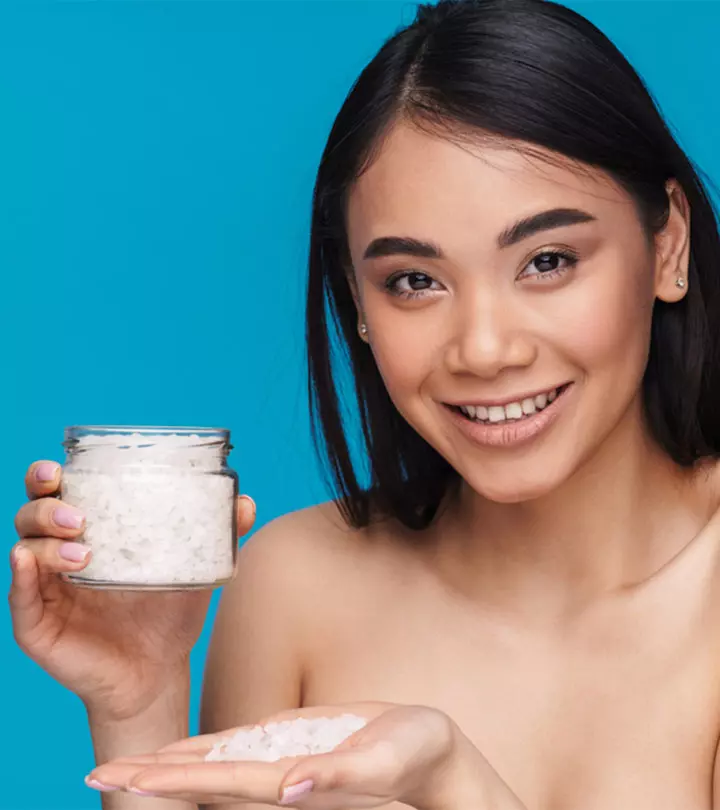
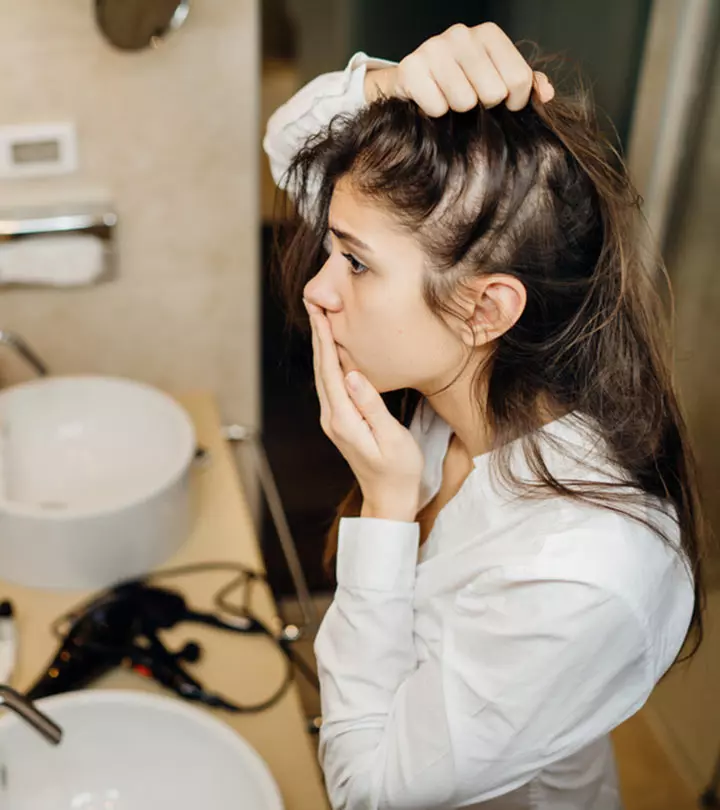
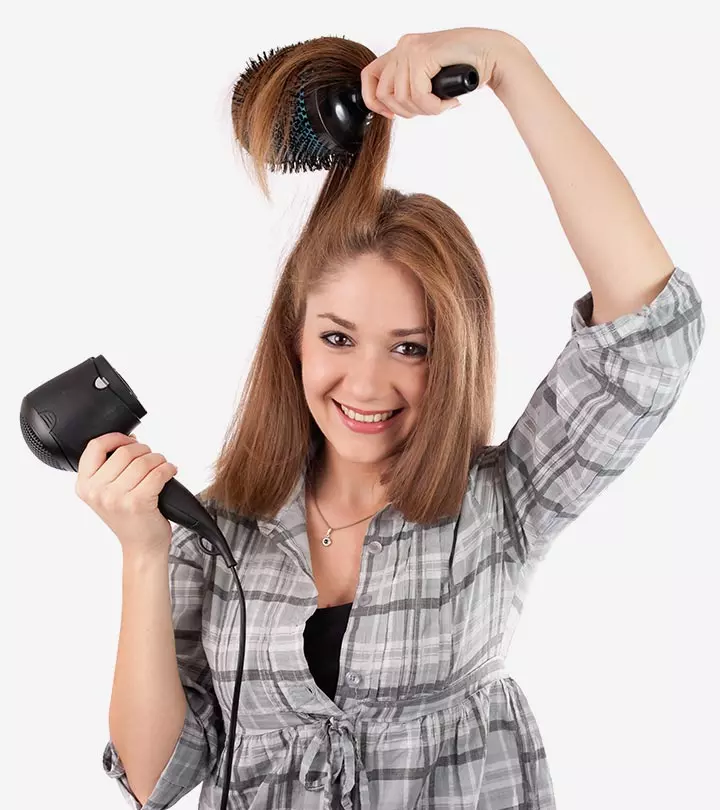
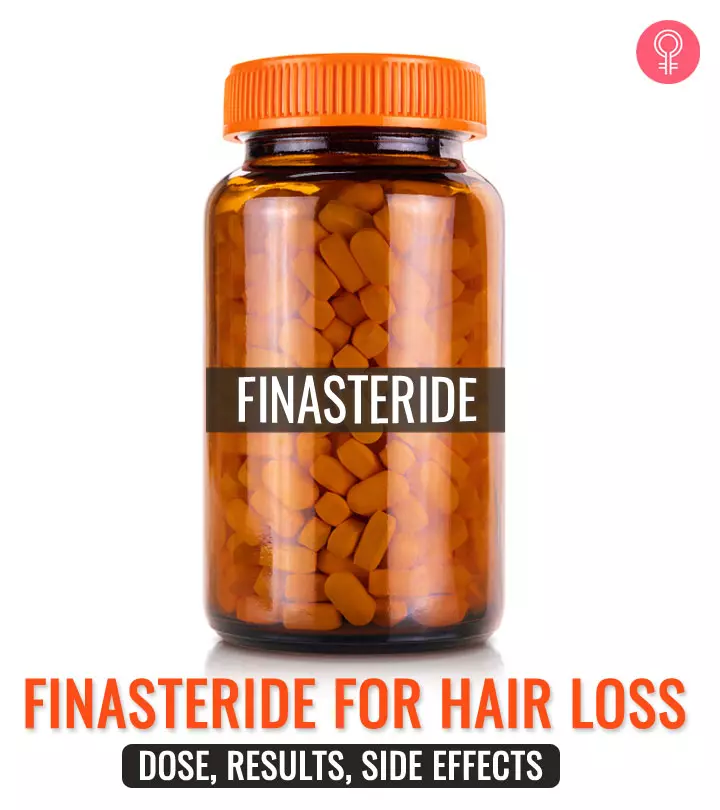
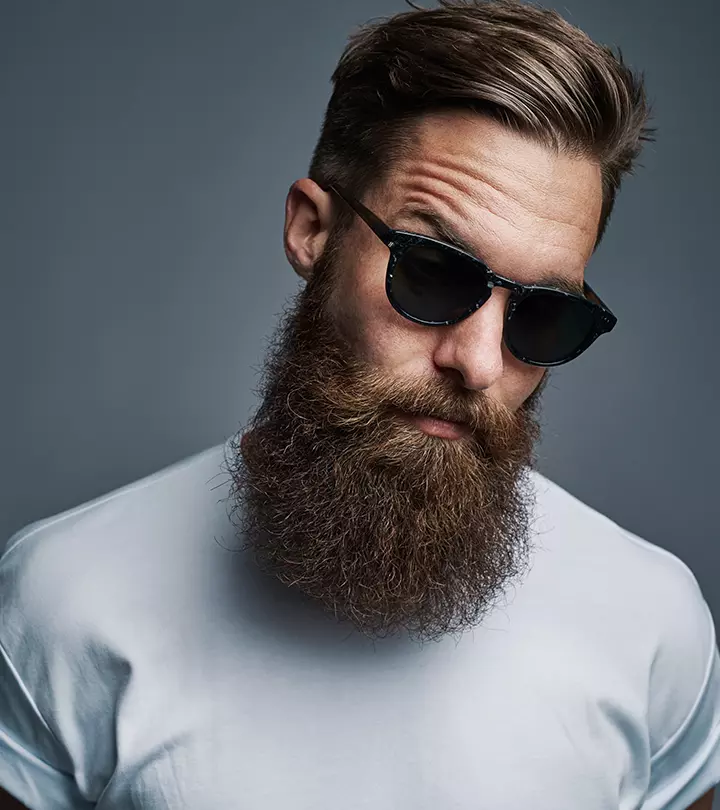

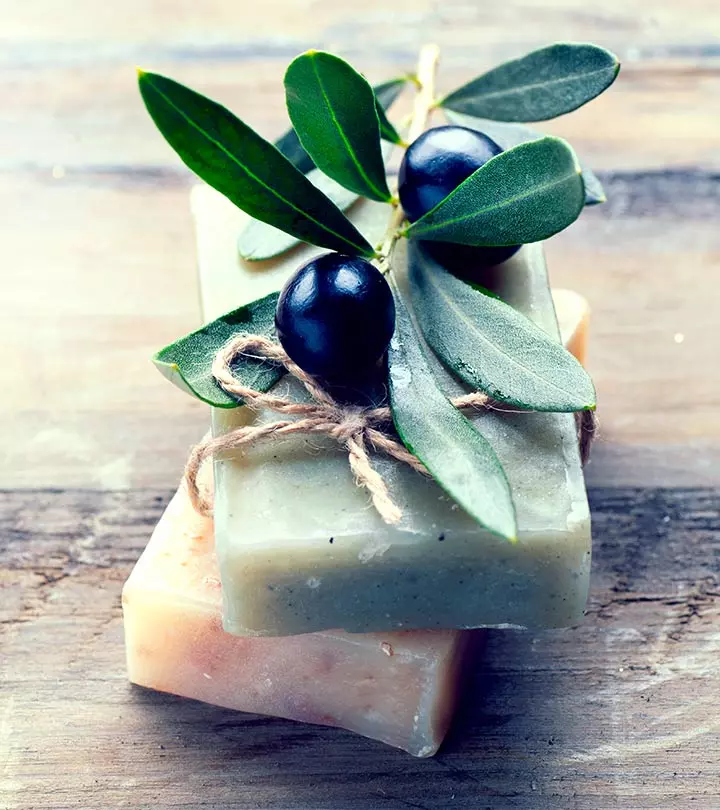
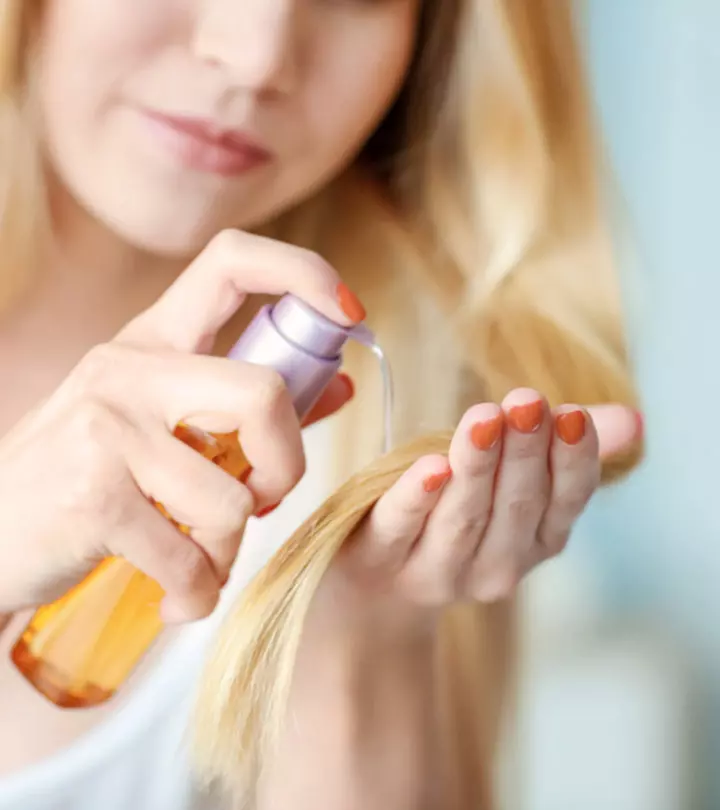
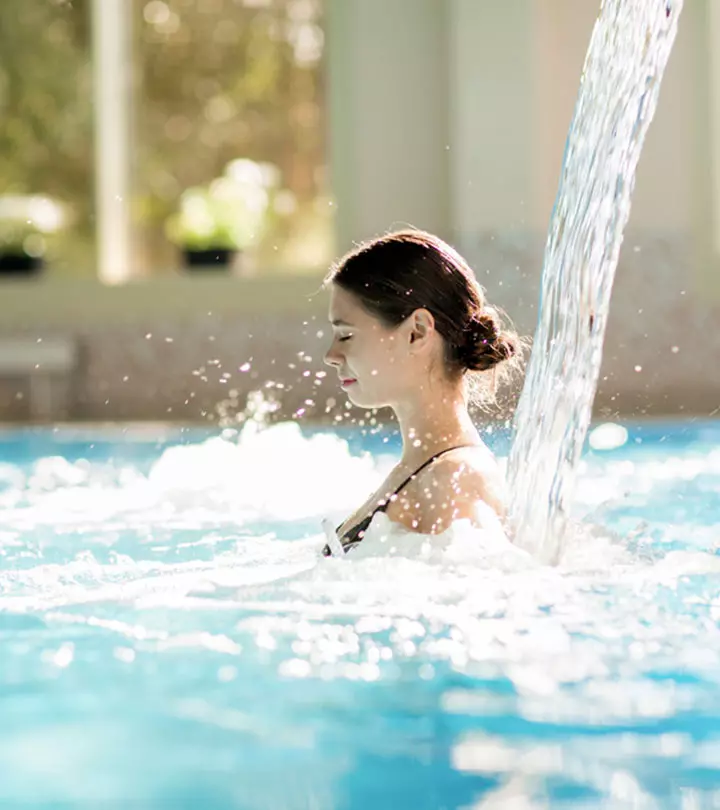
Community Experiences
Join the conversation and become a part of our empowering community! Share your stories, experiences, and insights to connect with other beauty, lifestyle, and health enthusiasts.